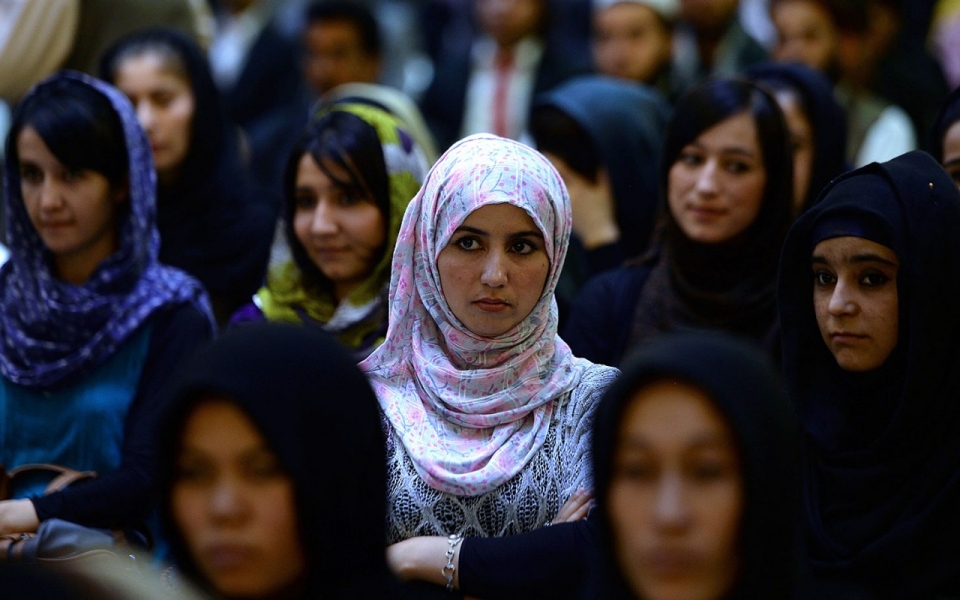The Armed Forces of Bosnia and Herzegovina (OSBiH) have been unified into a single entity in 2005, with the merger of the Army of the Federation of Bosnia and Herzegovina and the Army of Republika Srpska, which had defended their respective regions. The Sava is the biggest river of the nation, and types its northern natural border with Croatia.
In early April armed clashes started in Travnik when a Bosniak soldier fired on HVO soldiers erecting a Croat flag. On 13 April, four members of the HVO were kidnapped by the mujahideen outside Novi Travnik. In the morning of 15 April, HVO commander Živko Totić was kidnapped in Zenica and his escort was killed by the mujahideen. The ARBiH representatives denied any involvement in this, and a joint ARBiH-HVO fee was shaped to research the case. The prisoners had been subsequently exchanged in May for eleven mujahideen and two Muslim drivers arrested by the HVO.

This move further damaged relations between Zagreb and Sarajevo as Halilović was an officer within the JNA in the course of the struggle in Croatia. After the dying of Alija Izetbegović, The Hague revealed that he was underneath investigation for warfare crimes; nonetheless the prosecutor didn’t discover sufficient proof in Izetbegović’s lifetime to problem an indictment.
On May 3, Izetbegović was kidnapped on the Sarajevo airport by JNA officers, and used to realize safe passage of JNA troops from downtown Sarajevo. However, Muslim forces did not honour the settlement and ambushed the departing JNA convoy, which embittered all sides. A cease-hearth and agreement on evacuation of the JNA was signed on 18 May, and on 20 May the Bosnian presidency declared the JNA an occupation force bosnian dating site. Sefer Halilović, Chief of Staff of the Bosnian Territorial Defense, claimed in June 1992 that his forces were 70% Muslim, 18% Croat and 12% Serb. The share of Serb and Croat troopers in the Bosnian Army was notably excessive in Sarajevo, Mostar and Tuzla.

Early history
The ARBiH representatives denied any involvement in these incidents and a joint ARBiH-HVO fee was shaped to investigate them. The HVO personnel had been subsequently exchanged in May for POWs that were arrested by the HVO. The April incidents escalated into an armed conflict on 15 April in the area of Vitez, Busovača, Kiseljak and Zenica. The outnumbered HVO within the Zenica municipality was rapidly defeated, followed by a large exodus of Croat civilians.
HVO troops within the region numbered 7,000 men, of which 2,000 have been in the quick Žepče area. The ARBiH had two local brigades in Žepče and Zavidovići with around 5,000–6,000 men.
According to Western media, Tuđman acquired intense American pressure, including a menace of sanctions and isolation. Tuđman came under intense pressure both from the EC for giving help to the HVO and from the Herzeg-Bosnia leaders that requested for extra military help. The HV finally assumed management of the whole confrontation line with the VRS in southern Herzegovina, north of Dubrovnik, which enabled the HVO to direct more of its troops towards the ARBiH. The HV remained there in defensive positions until the signing of the Dayton settlement. Martin Špegelj, former Minister of Defence, later mentioned that he was requested to assist “rescue the state of affairs” in Bosnia and Herzegovina, but refused it.
In 2006, Croatian authorities began investigating allegations of warfare crimes dedicated throughout this operation, particularly the killing of 40 civilians within the Bosanska Dubica area by troops of the first Battalion of the 2nd Guards Brigade. From May to December 1992, the Bosnian Ministry of the Interior (BiH MUP), Croatian Defence Council (HVO) and later the Bosnian Territorial Defence Forces (TO RBiH) operated the Čelebići jail camp. It was used to detain seven hundred Bosnian Serb prisoners of struggle arrested throughout military operations that had been meant to de-block routes to Sarajevo and Mostar in May 1992 which had earlier been blocked by Serb forces.
In the primary three days, Croat losses had been at least 36 troopers and civilians. The HVO counterattacked on 24 January from Prozor in two directions, in direction of the realm of Gornji Vakuf and Jablanica.
Soon, an exodus of Bosnian Serbs occurred when a large number of Serbs had been expelled from central Bosnia, Ozren, Sarajevo, Western Herzegovina and Krajina. According to the 1996 census, made by UNHCR and formally unrecognized, there was 3,919,953 inhabitants, of which 1,484,530 (37.88%) were Serbs. In the territory of Bosnia and Herzegovina, the share of Serbs barely changed, although, their whole quantity decreased. In 1878, Bosnia and Herzegovina became a protectorate of Austria-Hungary, which the Serbs strongly opposed, even launching guerrilla operations against Austro-Hungarian forces. Even after the autumn of the Ottoman rule, the population of Bosnia and Herzegovina was divided.
War spreads to Herzegovina
An further 2.2 million citizens of Bosnia and Herzegovina of all ethnicities have been displaced. The International Criminal Tribunal for the former Yugoslavia (ICTY) has ruled the conflict involved the Federal Republic of Yugoslavia (subsequently Serbia and Montenegro), as well as Croatia. Dozens of Bosnian Serb officials and soldiers have been convicted for their position in warfare crimes and crimes in opposition to humanity in the course of the battle, as well as for the genocide in Srebrenica. Several excessive-ranking Croat and Bosniak officials have also been convicted.
Religion in Croatia
Bosnia and Herzegovina traces everlasting human settlement again to the Neolithic age, during and after which it was populated by a number of Illyrian and Celtic civilizations. Culturally, politically, and socially, the country has a rich historical past, having been first settled by the Slavic peoples that populate the realm at present from the sixth by way of to the ninth centuries. In the twelfth century the Banate of Bosnia was established, which developed into the Kingdom of Bosnia within the 14th century, after which it was annexed into the Ottoman Empire, beneath whose rule it remained from the mid-15th to the late 19th centuries.

